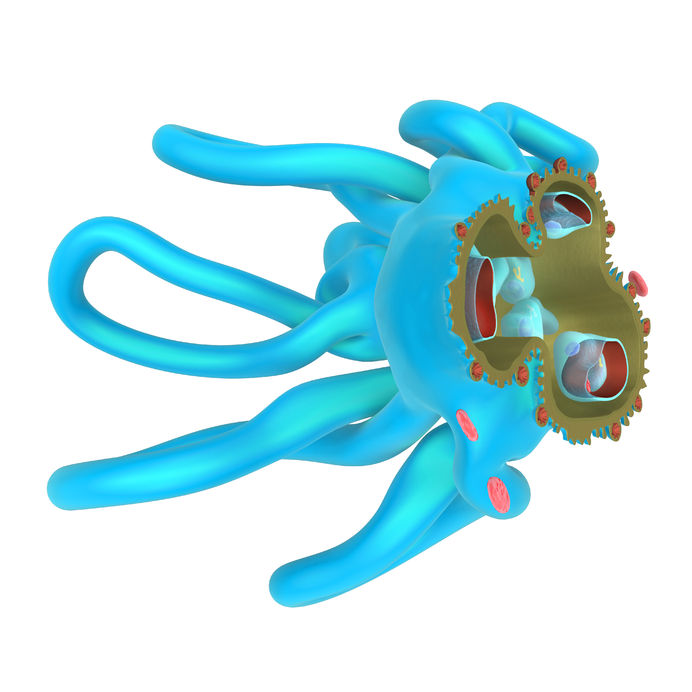What Is Crescentic Glomerulonephritis?

Copyright: 7activestudio / 123RF Stock Photo
Glomerular crescents are dramatic lesions. That, together with their often rapid and devastating clinical presentation, help to account for the prominent attention they receive. Trainees have their “differential diagnosis,” as defined by the three immunofluorescence patterns. Misuse of the term “rapidly progressive glomerulonephritis” contributes to the common misperception that “crescentic glomerulonephritis (GN)” is an independent disease entity with 3 different “types.” The literature, and particularly biopsy series of crescentic GN, also encourages us to view crescentic GN as a biologic entity, rather than the useful heuristic entity it really represents.
For these reasons, and others, it is important to emphasize the following points:
- Crescents are lesions that indicate severe glomerular injury, but they do not denote the disease itself. While some diseases are more likely to cause crescents than others, crescents can occasionally be seen with almost any GN. Furthermore, given that lupus nephritis is often the most common cause of crescentic GN, how useful is it to think of crescentic GN as an independent / diagnostic entity?
- The pathophysiology of crescents remains poorly understood. The mechanism of their formation in ANCA-associated disease (which has been most extensively studied) is likely to be irrelevant in understanding how they develop in the context of other entities, such as diabetic glomerulosclerosis.
- Depending on the clinical context, the widespread definition of “crescentic GN” as a process involving >50% of glomeruli can be misleading, as there may be great diagnostic and clinical significance to the finding of even one fresh crescent.
With this context, how are we to view the epidemiologic report by Chen et al, “Etiology and Outcome of Crescentic Glomerulonephritis from a single Center in China: A 10 year Review,” recently published by AJKD? The study certainly contains a wealth of clinico-pathologic details about the individual entities involved, each diagnostic category standing on its own. Interestingly, about half of their cases did not present with AKI, suggesting the possibility that earlier biopsy might have been more helpful. Indeed, every renal pathologist sees cases of sclerosing pauci-immune crescentic GN that may have benefited from earlier diagnosis and treatment. Correlation of the histopathology with anti-GBM and ANCA serologies is another interesting part of the study, and one that bridges what are usually considered to be separate diseases. Indeed, one could argue that ANCA and anti-GBM antibodies should be added to the crescentic GN “classification system” that is now entirely based on immunofluorescence results. Once again we are reminded that a significant percentage of pauci-immune crescentic GN are ANCA negative (here 14%, although up to 20% has been reported), and that at least in this study such patients had a better outcome. Similarly, patients with anti-GBM disease did significantly worse when they also had ANCA positivity. The role of these auto-antibodies in immune complex crescentic GN is addressed in passing. The authors report ANCA positivity in 4.5%, and anti-GBM in 0.9% of such patients. ANCA positivity is thought to be particularly common in drug-induced lupus nephritis, but we do not understand its general role in lupus nephritis. Similarly, crescentic IgA nephropathy cannot be appropriately diagnosed and treated without obtaining ANCA results, as positivity may suggest ANCA associated disease (with a higher rate of response to treatment) superimposed on a “innocent bystander” type of IgA deposition/nephropathy.
While relative frequencies of diseases vary from one biopsy series to another (due to differences in practice, and environmental and genetic variations), such studies serve necessary roles. In addition to providing important details about individual diseases, they also alert us to those overlap findings that are shared by what we currently consider to be different diseases. Finally, they should remind us of the distinction between those diagnostic categories that are biologically based, and those that we create solely to help us organize our diagnostic approach.
Dr. Isaac E. Stillman
AJKD Blog Contributor and AJKD Kidney Biopsy Teaching Case Advisory Board member
To view the article abstract or full-text (subscription required), please visit AJKD.org.

Leave a Reply